An organic compound A has molecular formula C7H9N and it forms a clear solution when dissolved in aqueous KOH solution of benzene sulphonyl chloride. A on treatment with NaNO2 and HCl at 0∘ C and then with 2-naphthol form an intensely coloured compound. Aslo A on treatment with CH3COCl followed by electrophilic sustitution yields a single product. identify. A
4-emthylaniline
2-methylaniline
3-methylaniline
N-methylaniline
The correct Answer is:A
To solve the problem, we will follow a systematic approach based on the information provided in the question.
Step 1: Analyze the Molecular Formula
The organic compound A has the molecular formula C7H9N. This indicates that it contains 7 carbon atoms, 9 hydrogen atoms, and 1 nitrogen atom.
Hint: Look for structural features that can be derived from the molecular formula, such as the presence of functional groups.
Step 2: Reaction with Benzene Sulphonyl Chloride
The compound A forms a clear solution when dissolved in an aqueous KOH solution and treated with benzene sulphonyl chloride. This reaction is characteristic of primary amines, which react to form sulphonamides.
Hint: Recall that primary amines will react with benzene sulphonyl chloride to form a clear solution, while secondary and tertiary amines will not.
Step 3: Identify Possible Structures
Given that A is a primary amine and has the formula C7H9N, the possible structure could be an aromatic amine. The simplest aromatic amine with this formula is aniline (C6H5NH2). The presence of a methyl group suggests that we are dealing with a substituted aniline.
Hint: Consider the position of the methyl group on the aromatic ring (ortho, meta, or para).
Step 4: Reaction with NaNO2 and HCl
When A is treated with NaNO2 and HCl at 0°C, it forms a diazonium salt. The subsequent reaction with 2-naphthol produces an intensely colored compound, which indicates the formation of a coupling product.
Hint: The coupling reaction with 2-naphthol suggests that the amine is likely para-substituted, as this leads to stable colored products.
Step 5: Electrophilic Substitution with CH3COCl
The treatment of A with acetyl chloride (CH3COCl) followed by electrophilic substitution yields a single product. This indicates that the methyl group is likely in a position that allows for only one substitution product.
Hint: The presence of the methyl group on the aromatic ring can influence the position of electrophilic substitution.
Step 6: Determine the Structure of A
Considering the above points, the most likely structure for A is 4-methyl aniline (p-toluidine), where the methyl group is in the para position relative to the amino group.
Hint: Verify the structure by checking if it fits all the reactions described in the problem.
Conclusion
Based on the analysis, the organic compound A is identified as 4-methyl aniline (p-toluidine).
Summary of Steps
1. Analyze the molecular formula C7H9N.
2. Recognize the reaction with benzene sulphonyl chloride indicates a primary amine.
3. Consider the structure of substituted aniline.
4. Understand the formation of a diazonium salt and its reaction with 2-naphthol.
5. Evaluate the electrophilic substitution with CH3COCl leading to a single product.
6. Conclude that A is 4-methyl aniline.
The organic compound A has the molecular formula C7H9N. This indicates that it contains 7 carbon atoms, 9 hydrogen atoms, and 1 nitrogen atom.
The compound A forms a clear solution when dissolved in an aqueous KOH solution and treated with benzene sulphonyl chloride. This reaction is characteristic of primary amines, which react to form sulphonamides.
Given that A is a primary amine and has the formula C7H9N, the possible structure could be an aromatic amine. The simplest aromatic amine with this formula is aniline (C6H5NH2). The presence of a methyl group suggests that we are dealing with a substituted aniline.
When A is treated with NaNO2 and HCl at 0°C, it forms a diazonium salt. The subsequent reaction with 2-naphthol produces an intensely colored compound, which indicates the formation of a coupling product.
The treatment of A with acetyl chloride (CH3COCl) followed by electrophilic substitution yields a single product. This indicates that the methyl group is likely in a position that allows for only one substitution product.
Considering the above points, the most likely structure for A is 4-methyl aniline (p-toluidine), where the methyl group is in the para position relative to the amino group.
Based on the analysis, the organic compound A is identified as 4-methyl aniline (p-toluidine).
1. Analyze the molecular formula C7H9N.
2. Recognize the reaction with benzene sulphonyl chloride indicates a primary amine.
3. Consider the structure of substituted aniline.
4. Understand the formation of a diazonium salt and its reaction with 2-naphthol.
5. Evaluate the electrophilic substitution with CH3COCl leading to a single product.
6. Conclude that A is 4-methyl aniline.
Topper's Solved these Questions
- ORGANIC COMPOUNDS CONTAINING NITROGENBOOK - A2ZCHAPTER - ORGANIC COMPOUNDS CONTAINING NITROGENEXERCISE - Nitrocyanide And Isocyanides
32 Videos
- ORGANIC COMPOUNDS CONTAINING NITROGENBOOK - A2ZCHAPTER - ORGANIC COMPOUNDS CONTAINING NITROGENEXERCISE - Section B - Assertion Reasoning
11 Videos
- ORGANIC COMPOUNDS CONTAINING NITROGENBOOK - A2ZCHAPTER - ORGANIC COMPOUNDS CONTAINING NITROGENEXERCISE - Section D - Chapter End Test
30 Videos
- ORGANIC COMPOUNDS CONTAINING HALOGENSBOOK - A2ZCHAPTER - ORGANIC COMPOUNDS CONTAINING HALOGENSEXERCISE - Section D - Chapter End Test
30 Videos
- P BLOCK ELEMENTS ( GROUP 15,16,17,18)BOOK - A2ZCHAPTER - P BLOCK ELEMENTS ( GROUP 15,16,17,18)EXERCISE - Section D - Chapter End Test
30 Videos
Similar Questions
An organic compound 'A' having molecular formula C2H7N on treatment with HNO2 gives an oily yellow substance. Identify (A)
View SolutionAn organic compound (A) of molecular formula C4H9Cl on treatment with alcoholic KOH solution gives 3 isomeric alkenes. The stble alkene among the three (B), was treated with aqueous Br2 solution which resulted in (C). (C) on treatment with NaOH liberated a gas with the formation of (D). (D) on treatment with CH3MgCl followed by hydrolysis gives (E). (E) on treatment with H+/HBr gave (F) and (F) on treatment with alcoholic solution of NaOH gave (G). if (G) can't show geometrical isomerism identify the structures of (A) to (G).
View Solution
Knowledge Check
Which of the following compounds will form a yellow-coloured oily compound on treatment with NaNO2 and HCl at 0−5∘C ?
A B
B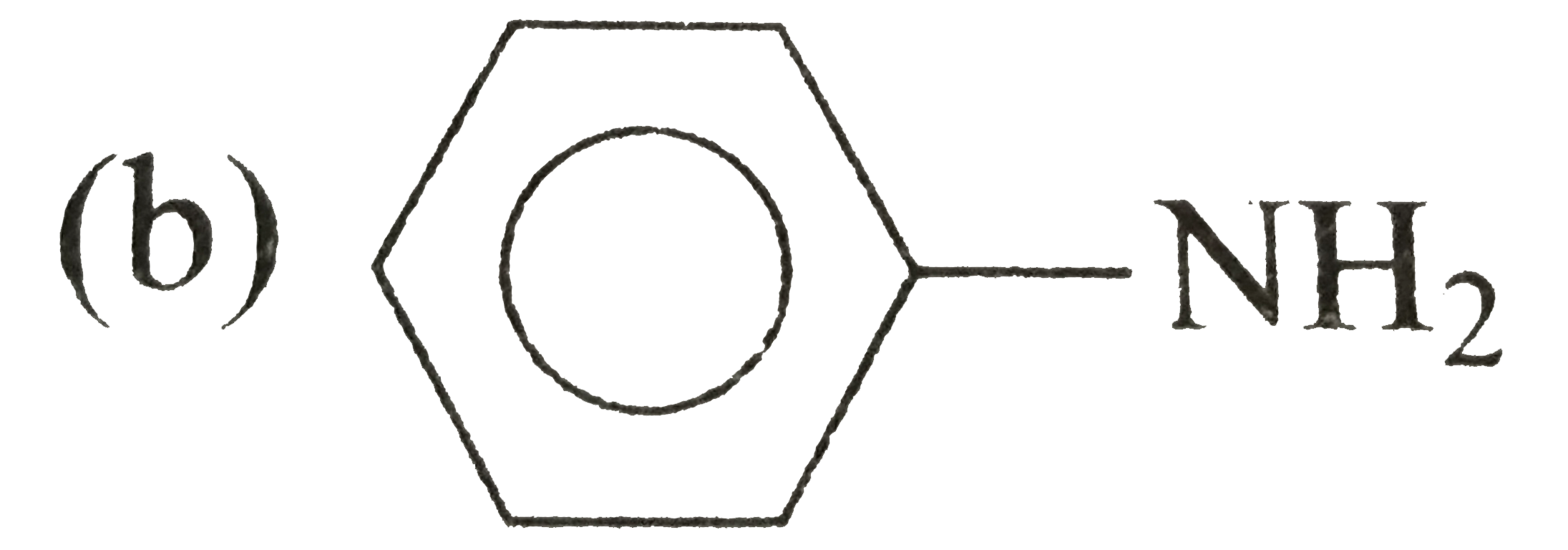 C
C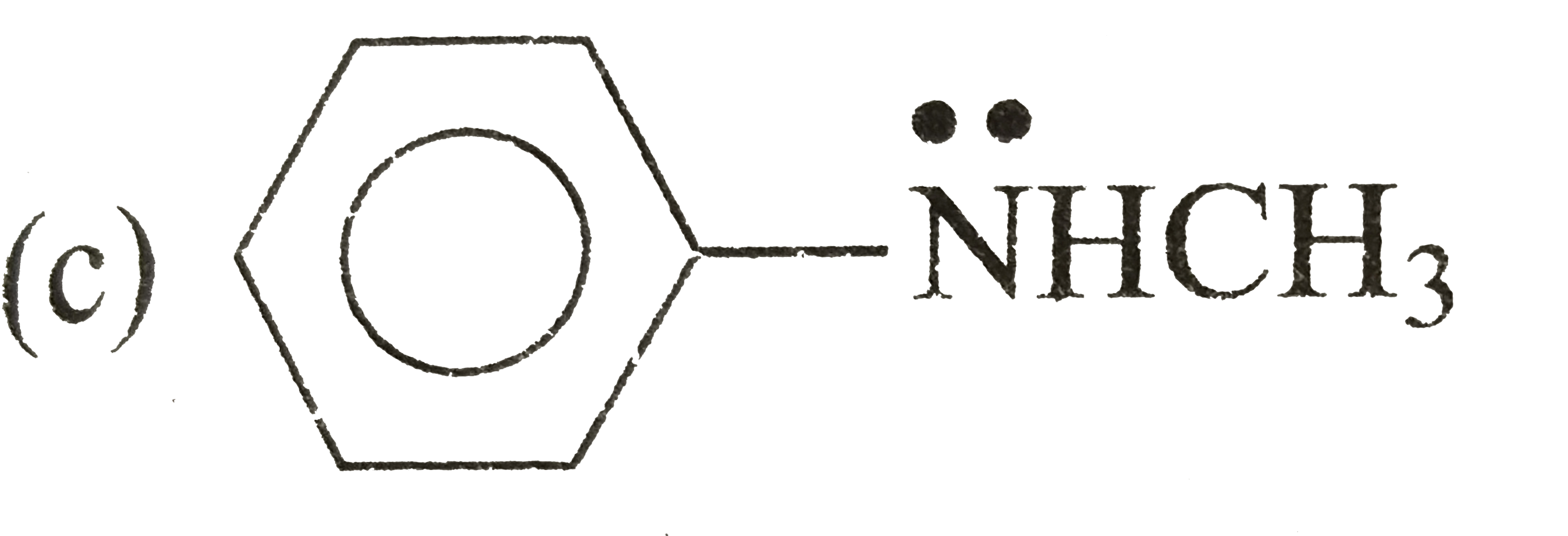 D
D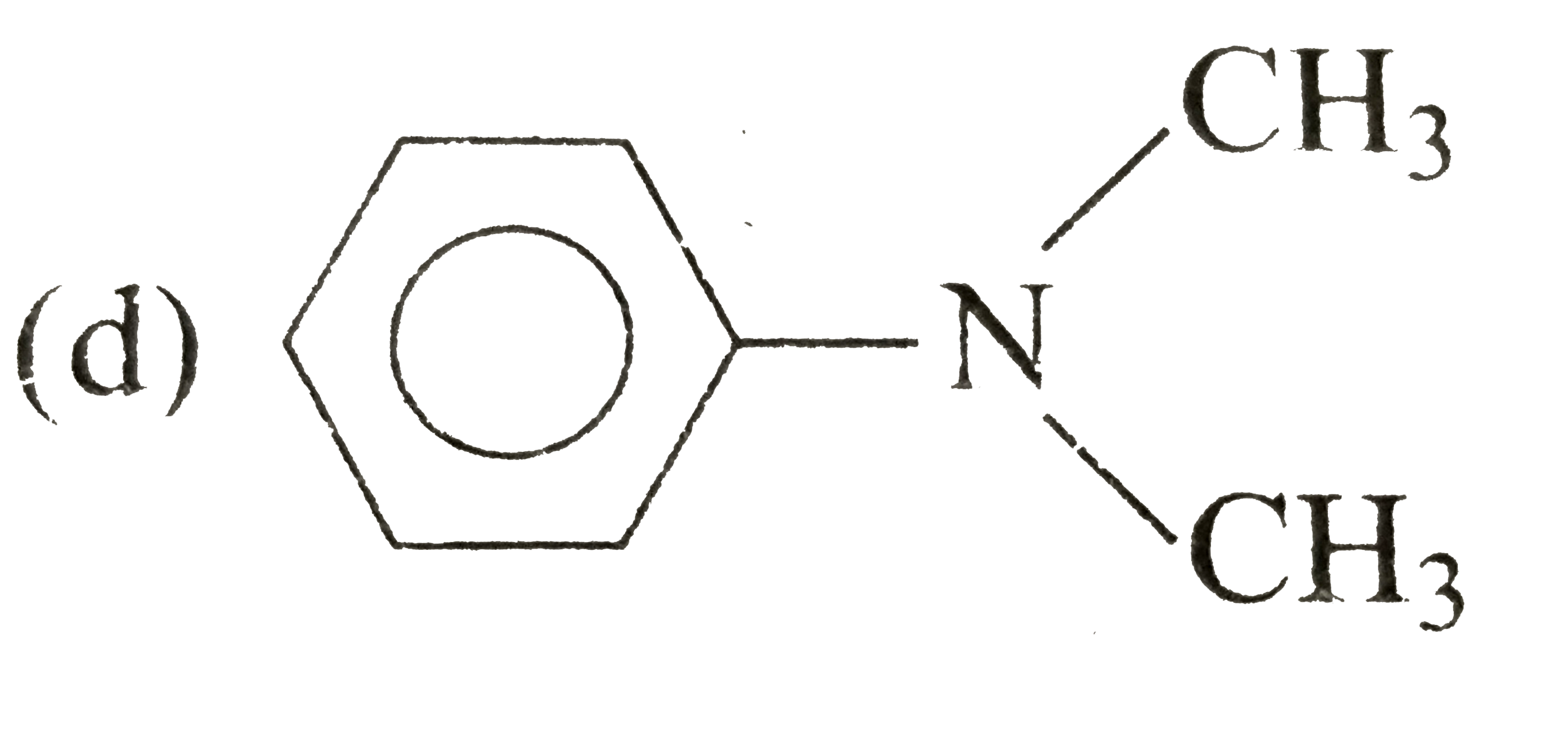
A compound of molecular formula C3H9N when reacts with benzene sulphonyl chloride gives a product soluble in dilute NaOH solution. The compound should be
A(CH3)3NB(CH3)2CHNH2C Dall of these
Dall of theseCompound (x)(m.f=C7H8N), on reaction with NaNO2 and conc. HCl at O∘C followed by β− naphthol gives orange coloured dye. Compound (x) is :
A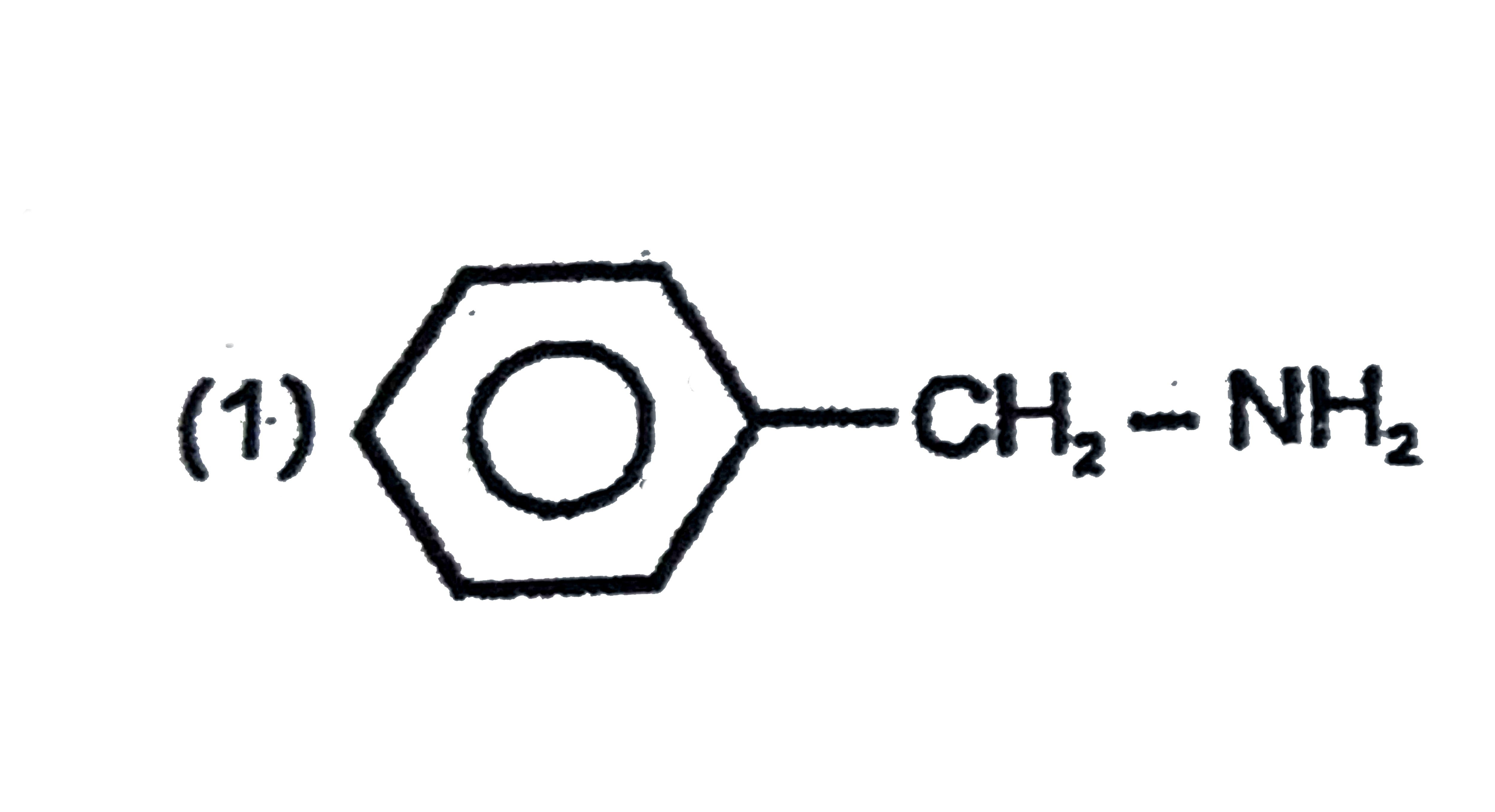 B
B C
C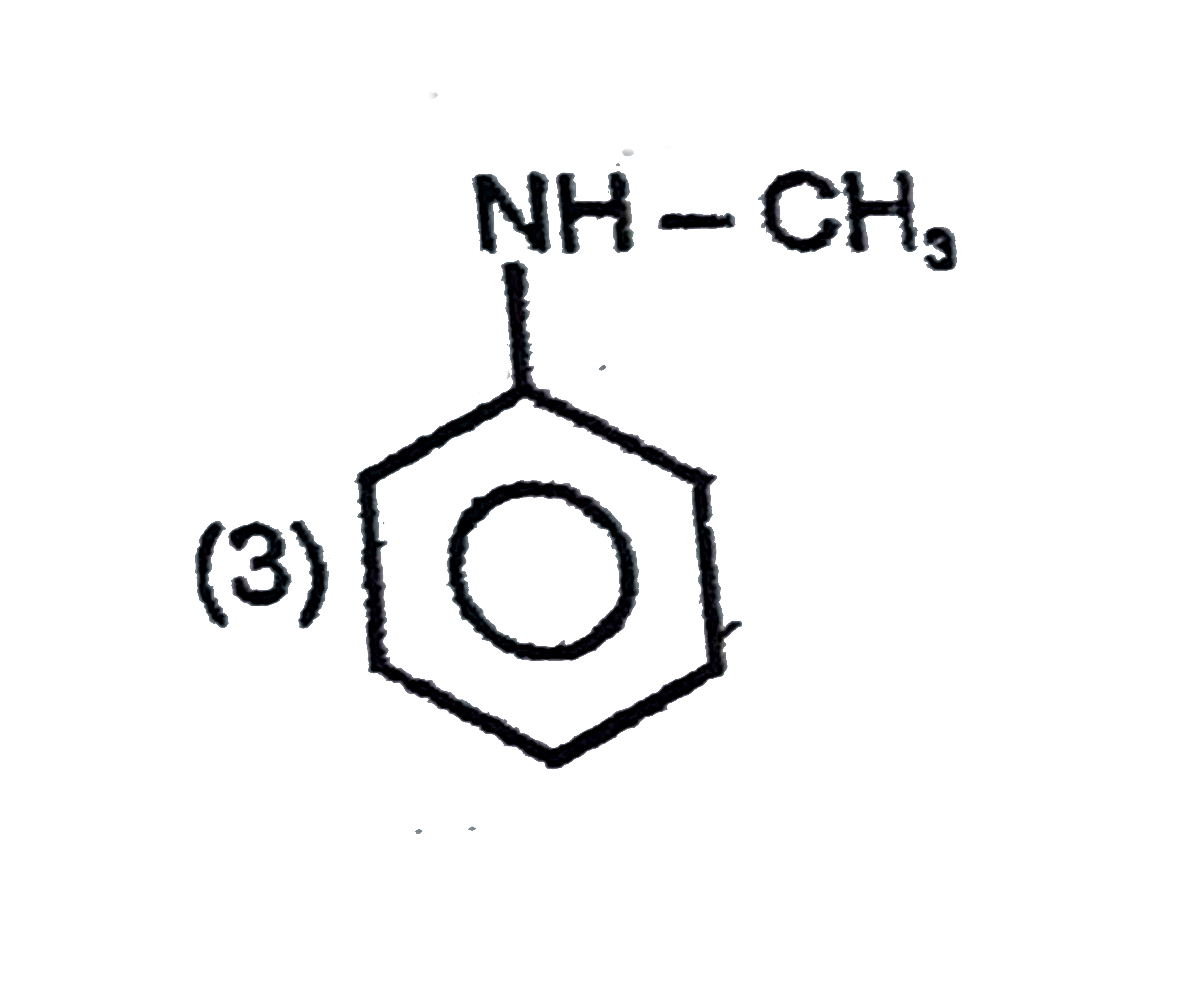 DAll of these
DAll of these
An organic compound X having molecular formula C3H11N reacts with p-toluene sulphonyl chloride to form a compound Y that is soluble in aqueous KOH. Compound X is optically active and reacts with acetyl chloride to form compound Z . Identify the compound Z
View SolutionAn organic compound X having molecular formula C3H11N reacts with p-toluene sulphonyl chloride to form a compound Y that is soluble in aqueous KOH. Compound X is optically active and reacts with acetyl chloride to form compound Z . Identify the compound Z
View SolutionAn organic compound X having molecular formula C4H11N reacts with p-toluene sulphonyl chloride to form a compound Ythat is soluble in aqueous KOH. Compound X is optically active and reacts with acetyl chloride to form compound Z. Identify the compound Z.
View SolutionAn organic compound having the molecular formula C7H8O is insoluble in NaHCO3 solution but dissolves in aqueous NaOH. When treated with bromine water the compound rapidly forms a precipitate having the molecular C7H5Obr3. The organic compound is
View SolutionAn organic compound X having molecular formula C4H11N reacts with p-toluene sulphonyl chloride to form a compound Ythat is soluble in aqueous KOH. Compound X is optically active and reacts with acetyl chloride to form compound Z. Identify the compound Z.
View Solution
